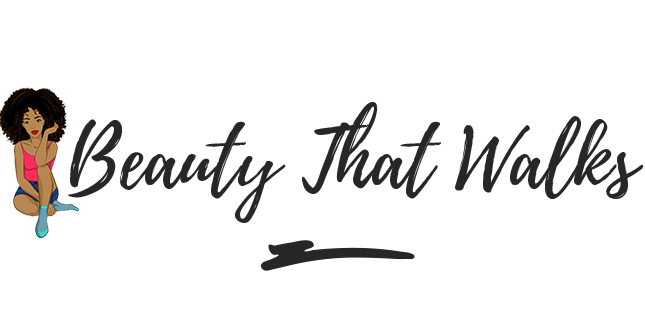Oil is both a blessing and a curse when it comes to hair care. The natural oils found on the scalp can help to strengthen and condition strands of hair, which helps to maintain a healthy shine. However, a balance has to be maintained; if hair becomes too oily, then it can become particularly thick and unmanageable, weighed down by the oil, and deprived of its natural luster.
If you have experienced oily hair, then the chances are you will have tried a few different remedies over the years. Unfortunately, oily hair is subject to a massive amount of myth and misinformation, and some of the most common management advice can actually make the problem worse. As a result, we thought we’d put together a simple list of “do’s” and “don’ts”, which should help you to formulate a hair care regimen that works for you.

DO: Wash your hair when you see fit
There’s a popular myth that surrounds oily hair: if you wash it, you’re actually making the problem worse. The theory behind this myth is that washing dries your hair out, which then causes your scalp to produce more oils to compensate.
There is some truth to this idea, but it is counterbalanced by a simple fact: if your hair is oily, and particularly if it is oily to the point of being uncomfortable, then it needs to be washed. There is no dry shampoo, hairbrush, or styling technique that will counter the accumulation of oil in your hair, so if you feel you need to wash it, wash it.
DON’T: Avoid blow-drying your hair
Many women avoid blow-drying their hair for fears of dryness and damage, but if oily hair is your issue, this is far less of a concern. In fact, avoiding blow-drying can deny you one of the best ways of coping with excessive oiliness; many women with oily hair prefer to use a hairdryer, as they find the heat helps to “dry” some of the oil and thus they can go longer between washes. You should always use a heat-protection spray when blow-drying, but there’s no need to avoid use entirely if oiliness is an issue for you.
DO: Check your hormones
You may find that your hair becomes a little oilier at certain points during your menstrual cycle; this issue is related to hormone fluctuations and is not a cause for concern. However, if your hair is always oily – regardless of where you are in your menstrual cycle – then it might be worth visiting your doctor for a blood test, as certain conditions can cause a hormonal imbalance that causes throughout-cycle problems with greasiness.
While the above is not strictly a hair care “tip”, it is worth mentioning, as any hair care advice you follow can only do so much. If your oily hair is a systemic issue, then no product or technique will be able to make much difference, so it’s always worth double-checking if the issue is persistent.
DON’T: Use hair conditioners on your scalp
A common suggestion, but one which has its merits: hair conditioner should only be used on hair that falls below your ears and should be especially avoided on the scalp. It’s important to note that this suggestion applies to all hair conditioners, including products that claim to be designed for use near the roots and scalp – if oil is an issue, then there is no need for any conditioner to ever touch this part of your hair.
DO: Use arrowroot powder to remove oil
Dry shampoo is a popular choice for those with oily hair, but dry shampoo products tend to contain a number of different ingredients that are designed to serve purposes besides oil removal – for example, some dry shampoos claim to help “increase shine”, a phrase that any woman with oily hair should always be concerned to see on a label.
Arrowroot powder – which is most commonly used in cooking – is a natural dry shampoo alternative and, unlike store-bought dry shampoos, its sole role in hair care is to absorb grease. To use, sprinkle a small amount on the roots of your hair and then down your hair, then vigorously brush through with a wide-toothed comb or your fingers. The arrowroot should absorb the excess oil, help to separate strands and leave your hair feeling soft.
However, do be cautious to only use a small amount; pour the powder onto your hands first and then clap so only a tiny, almost invisible amount remains, then smooth your hands over your hair. Such small amounts can still produce impressive effects without being obvious on the hair, but larger deposits will turn any color of hair gray or white, so always err on the side of using less initially and building up as is necessary.

In conclusion
Hopefully, the tips above should help you to manage any oily hair issues you have in the future.



Comments
SHREYA
Love this article, my hair is really very oily and sticky, this article really helps me a lot.
lucy
Thanks for the Great Article. The information you give is very helpfull.